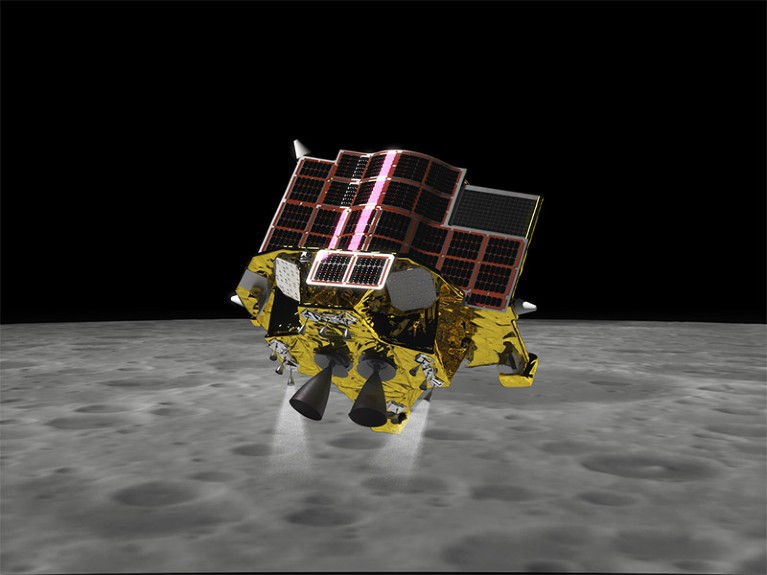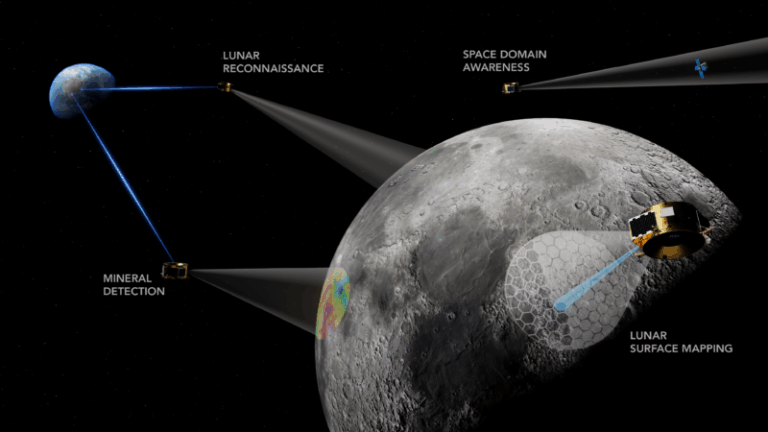
Japan’s successful Moon landing was the most precise ever

Japan has become the fifth country to soft-land a spacecraft on the Moon, using precision technology that allowed it to touch down closer to its target landing site than any mission has before. However, the spacecraft might have survived on the lunar surface for just a few hours, owing to a power failure.
Telemetry data showed that the Smart Lander for Investigating Moon (SLIM) touched down in its target area near Shioli crater, south of the lunar equator, early Saturday morning. It landed four months after lifting off from the Tanegashima Space Centre, off the south coast of mainland Japan.
“SLIM has made it to the Moon’s surface. It has been communicating with our ground station and responding to commands from Earth accurately,” Hitoshi Kuninaka, vice president of Kanegawa-based Japan Aerospace Exploration Agency (JAXA), told a press conference after the landing was completed.
“However, it seems that the solar cells are not generating electricity at this point, and the spacecraft is operating solely on its battery,” Kuninaka said. “The battery will last several more hours — those hours will be the remaining life of SLIM.” He said the agency will continue to monitor the lander, because there is still a chance that the panels could start working again.
The successful landing comes around two weeks after the launch of a commercial US spacecraft destined for the Moon — but a propellant problem will prevent it from landing as planned. It’s also been almost a year since a Japanese commercial lander experienced a failure and crashed into the Moon; lunar landings are notoriously difficult to pull off, and a commercial company has yet to do so.
Namrata Goswami, a space-policy researcher at Arizona State University in Phoenix, says the successful landing is “a big win for Asia”. Only China, India and Japan have put a spacecraft on the Moon in the past decade. India successfully landed one last August.




You must be logged in to post a comment.